Pelagic fish are a diverse group of species that inhabit the pelagic zone. They are an essential link in the food web, forming schools, migrating, and having important economic value. Examples include yellowfin tuna, bluefin tuna, swordfish, mackerel, and many more.

What Are Pelagic Fish and Their Key Features?
Yellowfin Tuna
Bluefin Tuna
Swordfish
Mackerel
Sardine
Mahi-mahi (Dorado)
Pacific Sierra Mackerel
Wahoo (Barracuda)
Blue Shark
Silky Shark
Pelagic fish are a diverse group that inhabit the open ocean’s upper and middle water columns, staying away from the seabed and coastal areas. Key characteristics include:
Trophic Importance: Some pelagic fish are apex predators; others serve as essential prey for many species, playing a pivotal role in energy transfer within marine food webs.
Schooling Behavior: Most pelagic fish form large, synchronized schools for hydrodynamic efficiency, better predation, and protection against predators.
High Economic Value: Tuna, mackerel, swordfish, and others are vital for global fisheries and require sustainable management to prevent overfishing.
Strong Migration Ability: Many species undertake long-distance migrations for spawning or feeding.
Reproductive Strategies: Most release eggs or larvae into open waters, increasing the chances of offspring survival.
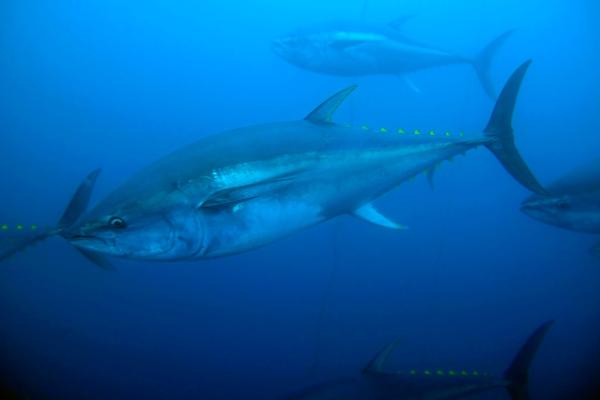
Yellowfin tuna are large, powerful, and fast swimmers, commonly found in warm tropical and subtropical oceans, usually down to 100 meters deep. They are metallic blue, with distinct long, bright yellow dorsal and anal fins. Overfishing has placed this economically crucial species at near-threatened status.

Bluefin tuna is one of the largest and most valuable tuna species, reaching up to 3 meters in length and 700 kg in weight, and capable of diving as deep as 1000 meters. Intense commercial demand has led to strict quotas to prevent overexploitation.
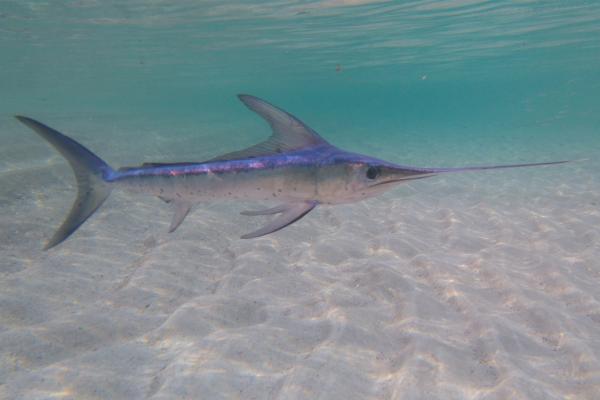
Swordfish are iconic pelagic predators with a long, sword-like bill. They inhabit all major oceans, feeding on cephalopods, fish, and crustaceans. Uniquely, they can maintain their body temperature above that of the surrounding water. Some stocks, especially in the North Atlantic, are threatened by overfishing.
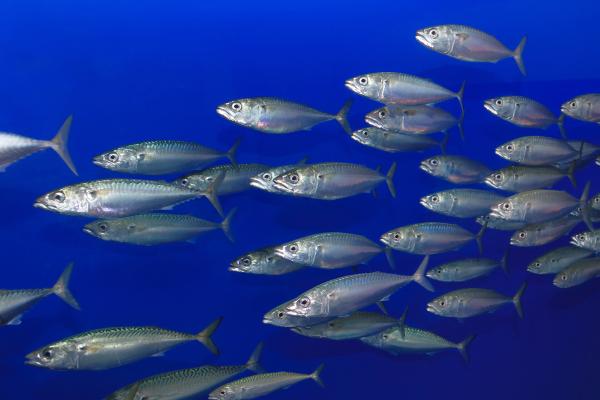
Commonly known as chub mackerel, this small pelagic species is found in temperate oceans worldwide, down to 300 meters. Mackerel have streamlined bodies with blue-green backs and dark wavy bands. They feed on zooplankton, small fish, and squid, and are widely used in canned and processed foods.

Sardines are slim, silver-colored fish widely distributed in the world’s oceans. They form massive schools and are a crucial food source for larger predators. Sardines migrate vertically for feeding and spawn mainly in winter. They are a keystone species in marine food webs.
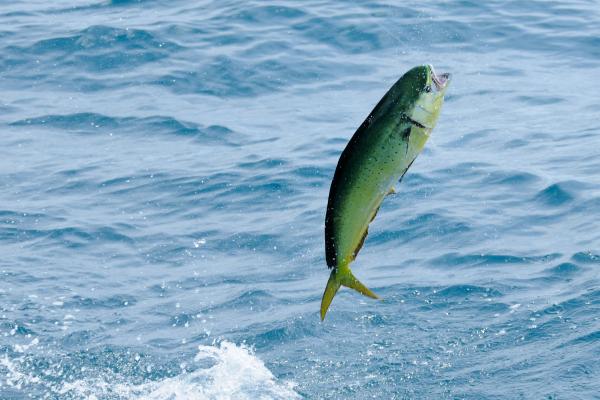
Also known as dorado or dolphinfish, mahi-mahi are large, brilliantly colored pelagic fish found in warm and temperate seas. Growing over 1 meter long, they prey on squid, small fish, and crustaceans. Mahi-mahi are valuable for both commercial and sport fisheries.

This streamlined, fast-swimming mackerel species ranges from southern California to Peru and the Galápagos Islands. Pacific Sierra form large schools and migrate in search of prey like sardines and anchovies, making them important for artisanal fisheries.
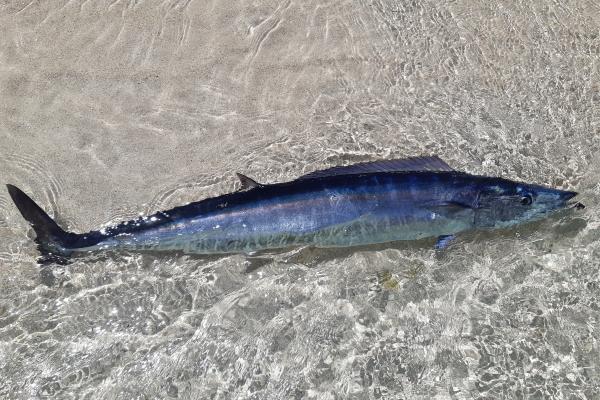
Wahoo, sometimes called barracuda or peto, is a fast-swimming, pelagic predator found in tropical and subtropical oceans worldwide. They can reach 2.5 meters in length and 80 kg in weight. Wahoo grow quickly, mature early, and are prized by sport and commercial fishers.

Blue sharks are among the most widespread pelagic sharks, capable of migrating vast distances. Growing up to 4 meters, they feed on fish, cephalopods, and sometimes seabirds. Due to their migratory nature and wide range, population assessments are difficult, and the species is considered near-threatened.
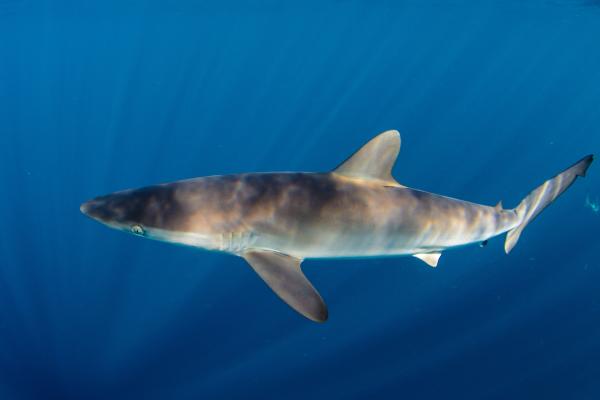
The silky shark is the world’s most abundant pelagic shark, inhabiting tropical and subtropical oceans. Highly migratory, it is a major target of commercial fisheries and is now listed as vulnerable by the IUCN.
Pelagic fish are vital to marine ecosystems and the global fishing industry. Effective management, sustainable fishing, and conservation are essential to maintaining healthy ocean resources and ensuring the future of these key species.
animal tags: Pelagic fish
We created this article in conjunction with AI technology, then made sure it was fact-checked and edited by a Animals Top editor.